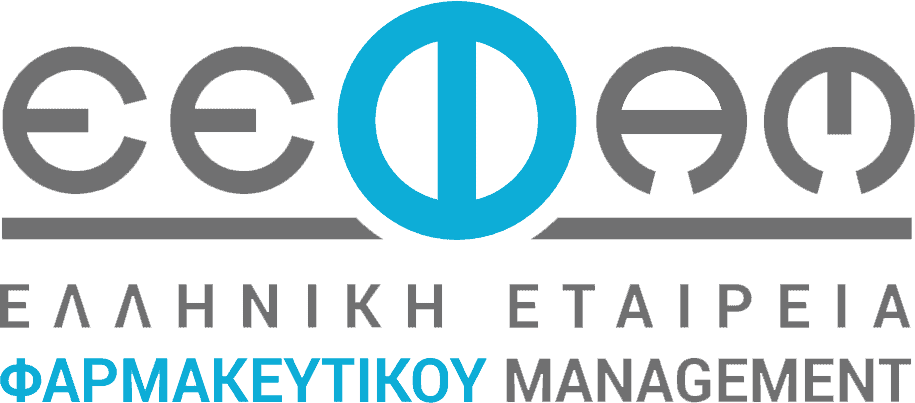Blog
Blog
How to Manage Your Team’s Workload After Layoffs

Facing economic uncertainty and slowing revenue growth, companies continue to announce layoffs affecting thousands of workers. These downsizings, which have shifted beyond the tech industry to multiple other sectors, are undeniably tragic for layoff victims. But they’re also terrible for the workers left behind. Layoff survivors often struggle with psychological impacts from the downsizing, including guilt, anxiety, and depression. In a state of diminished trust and morale, they also remain on edge as they fearfully await another round of cuts. And all too often, layoff survivors are expected to pick up the work their terminated colleagues left behind.
In short, companies often ask even more of their people at a time when they have less to give. This dynamic is a recipe for disaster when it comes to burnout, retention of key talent, and the long-term success of your team. For the health and performance of your team, it’s essential to evaluate your team’s capacity after a layoff and to take significant steps to right-size your team’s workload. Here’s how:
Identify projects and initiatives to postpone
In a state of overload, it’s a natural stress response to put your nose to the grindstone to make a dent in the volume of work. However, it is critical to step back and identify where your team should invest its precious time and energy.
- Start by creating a comprehensive list with your team of all ongoing initiatives and projects and discussing what each one solves, creates, or improves.
- Next, rank these initiatives based on their expected impact and each project’s potential benefits to the organization.
- Finally, identify which initiatives can be postponed but easily resumed later versus those where temporarily pausing might be consequential and difficult to reverse.
Due to the sunk cost fallacy, we are reluctant to abandon a strategy or course of action that we have already invested in. However, many projects can be put on hold and resumed easily at a moment’s notice. Acknowledging this distinction will allow you and your team to override this fallacy and make decisions more swiftly so you can focus on the most critical work.
As you choose projects to postpone, however, ensure you retain one or more future-focused projects. These projects often serve as a source of inspiration and motivation for the team, infusing energy into their work.
Align with your boss to manage your “shelf space”
Supermarkets and retail stores are naturally constrained by their shelf space, unable to add a new product unless they remove an existing one. Leaders should apply a similar principle in managing their team’s workload, but rarely do.
The next time your boss requests something from your team, ask whether the new request requires immediate attention. If it does, ask your manager to help you prioritize the request among your team’s other assignments. For example, you might say, “The team is also working on these three other initiatives. Are there any that can be dropped or postponed to make room for this one?” Giving your boss a choice gives them a sense of control and is more effective than flatly pushing back.
Also, get in the habit of proactively sharing the estimated resource requirements for any requests. Most leaders are unaware of the effort and expense teams expend to fulfill their demands. When you proactively communicate resource requirements with your boss, they become more discerning in their inquiries, significantly reducing your team’s workload.
Uncover your team’s full set of talents
Teams are often unaware of the complete set of skills, knowledge, and abilities within their ranks. This talent goes untapped to the detriment of team productivity and performance precisely when you need it most.
To address this issue and unlock your team’s potential, schedule a meeting to uncover all the talent resident on your team. Give team members 10 minutes to reflect and write down their talents and skills. Next, ask each team member to share their list with the team. As they do so, encourage the team to add additional talents or skills they recognize in their colleague that they didn’t mention.
This simple exercise is a profound eye-opener, revealing hidden talents and helping teams identify their go-to colleagues when they need help. It also serves as an energizing experience for all participants, as colleagues rarely discuss and acknowledge each other’s talents and skills in a direct and focused manner. In our experience facilitating this exercise with over 30 teams and hundreds of participants, every participant has had the uplifting experience of having talents that they were unaware of or took for granted added by their colleagues.
This simple exercise can deliver a significant boost in both engagement and productivity on teams.
Simplify, simplify, simplify
In the face of overwhelming workloads, teams often overlook opportunities for simplification.
According to Gartner data, 27% of employees and 38% of managers feel overwhelmed by the ever-mounting burden of information. Discuss with your team how to simplify communication and information overload. For instance, it can be helpful to agree to limit any write-ups, such as proposals or meeting pre-reads, to a one-page summary that clearly highlights its relevance in the present context. Additionally, in meetings or chats — where opinions often overflow and unnecessary complexity arises — encourage participants to distill their ideas to their essence. Prompt team members to get to the crux by asking, “Can you summarize the essence of your suggestion in two sentences?” And as you discuss any workstream or product with your team, consistently challenge yourselves to simplify by asking, “How can we shorten or simplify this?”
A second frequently neglected area is to seek input from your internal customers on what can be simplified in the solutions or services you offer them. Surprisingly, their perspectives can illuminate unnecessary complexity that your team may have overlooked. For example, the Dutch company AFAS Software regularly holds meetings with its clients solely dedicated to discussing what features or elements they should remove from their software solution. This proactive approach ensures that their software remains up-to-date and free from needless complexity.
Layoffs are difficult and stressful for everyone involved. But by implementing the strategies above, you can help shield your team from the damaging effects of work overload. Your efforts will help eliminate depleting low-value work, ensure your team can focus on the most critical work, and boost their morale and engagement.
Πηγή: hbr.org







